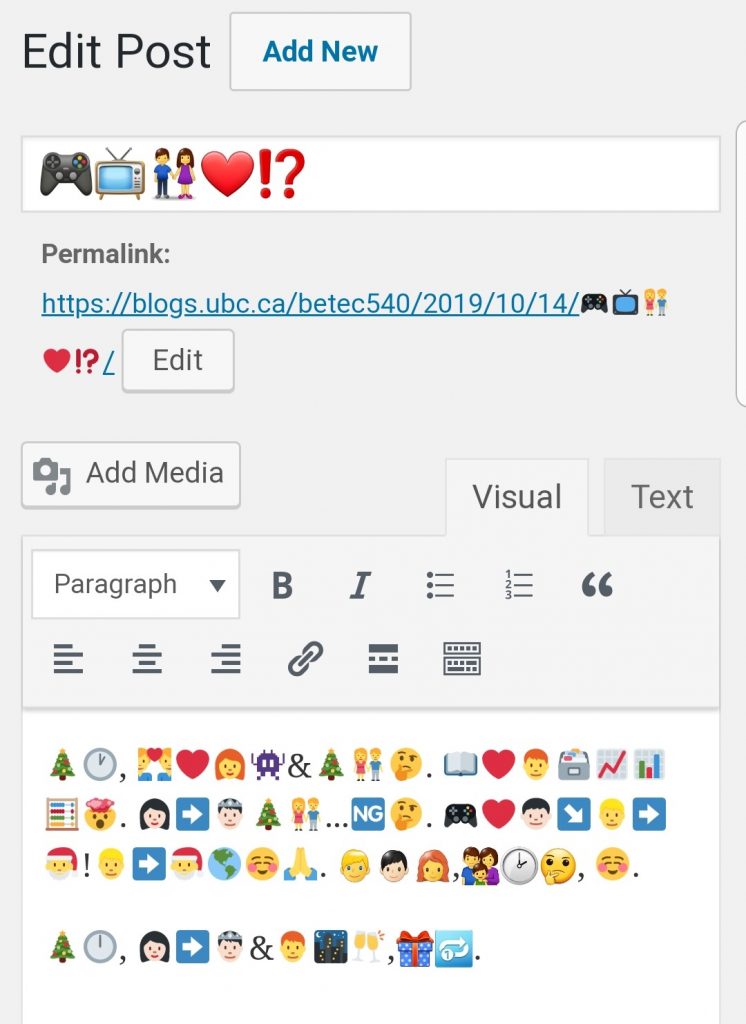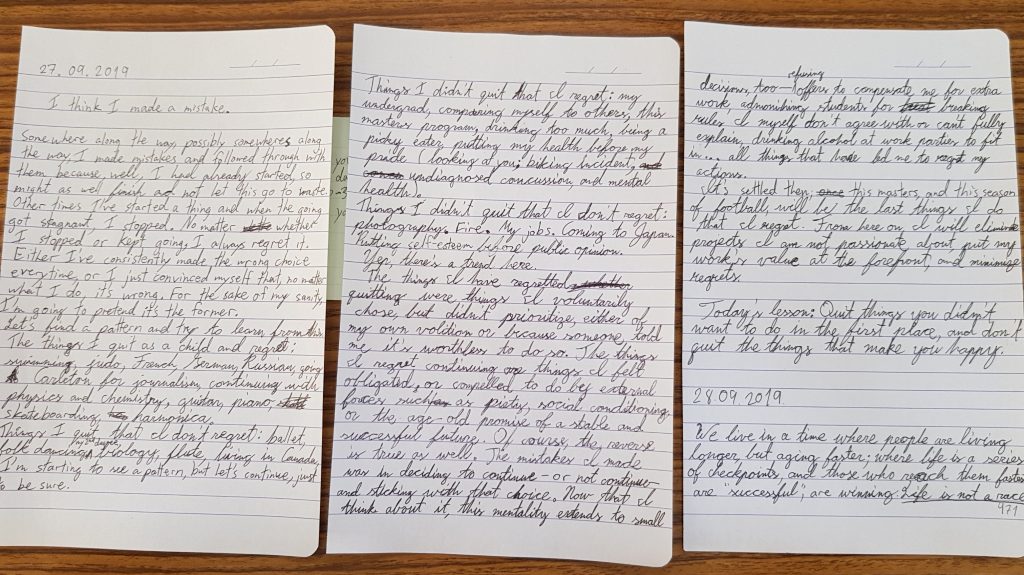the script below is unrehearsed and unedited and nearly entirely nonsensical, so be warned:
alright 5 minutes on the clock right now so let start telling the story and I’m going to tell you about the time I went to cut someone’s you for the first time because well that was a wild ride so it was during the previous summer I think and that’s why she’s at Temple not in my city but just one city out a little bit a little bit on the way to Osaka and I went there originally with my friend because she had been before and I’ve seen her pictures from and she spoke very highly of it and I also wanted to get some photos so so we headed out and I brought my camera and we decided to to go visit the temple again and the temple does have more buses running on the weekends cuz it’s kind of more of a tourist visa but there are few people that go there regularly to pray or to upkeep the temple but but for the most part the most people there are tourist and so I had been taking a few days off after that I think it was I think I took a few days off in the following week just cuz I had to use up the rest of my paid leave and I’m going to have no other work to do this was this was in between Masters courses and it’s really cut so like to win and then Oji like King Temple so it’s the winning King Temple and when I originally went there there was so many that amount that is more like the other good luck to say good luck but they’re kind of like motivational dolls in in Japanese culture is you they they have spiritual energy inside of them they have a little God inside of them and then you’re supposed to write your wish on the back of them and then like a more general wish on the underside and you take it with you and you keep it and then one year after year wishes fulfilled your supposed to bring it back to the temple where it is normally burned but cuts of OG does not burn the old dolls they keep them so all around the temple grounds and mind you this place is huge like they have forest and stuff as well everywhere around the temple grounds you can just find tiny and big that are everywhere like hidden inside tree branches and sitting together on benches it’s it’s really cute and really funny so I went there and it was it was really good time it’s a very accessible Temple there’s ramps everywhere and and I think there’s also like the walking path for people who can’t see very well and yeah it’s five stars 100% when you come to Japan but anyway these. There are the kind that you take home that you buy you take home and then there are the kind where they’re smaller they cost less they have like a wish inside of them like a good luck thing and you just buy them and then you take the wish out and you take the wish home and you’re supposed to leave the small that are my somewhere in the temple grounds now I was not aware that it should be left somewhere on the temple grounds and I bought one and I thought it was a good wish but I didn’t realize that we had to leave without a mother so I took it with me and that’s when everything started going haywire first on our way back my my charge card for a transportation ran out of money as we were like running up to the train so I couldn’t get past the turnstile to get on the train so cool find whatever will grab the next one I go to top it up the machine is broken we finally managed to get it to work and there’s an accident on the tracks and trains are not running trains are delayed and we had to go find another way to get somewhere and after that we were going into Osaka we were going to do a little bit of shopping so we ended up in was I think we ended up at the station closest to universal studios and on the way there there was no trouble but as soon as we got there it started raining and at this point I think my friend has realized that that something is going wrong but at some point along the way we have been cursed and I don’t know what’s happening I got the good luck charm and I pulled up to that you are supposed to leave that there we do need to get rid of that and so this bad luck that in my I didn’t get rid of it it’s still with me it has brought me much misfortune since I had it and I now use it at work it’s it’s on my desk and it does occasionally bring you misfortune on my desk but I’ve also told my co-workers about the story and now whenever we have an argument or we disagree at work I take the small misfortunate that amount and I passive aggressive leave it on their desk for the day which works to either you ease the tension a little bit or or even just get a laugh out of them and we can we can talk again more naturally so the bad luck that a lot has has brought me misfortune but it is stubborn and I am stubborn and we’re making it work now that my masters is almost finished I’ll be bringing him back to the temple soon along with the one that I wrote my wish on the bigger one and I’ll be placing them somewhere in the temple grounds hopefully somewhere where the little one is happy because I don’t want it to Chris me for the road and that’s the story of the misfortunate that
Evidently, Google is not adept at recognizing sudden non-English words in the middle of speaking. “cut someone’s” is supposed to be Katsuōji, many of the “that”s should be daruma. Aside from the transliteration mistakes, this exercise also highlighted a few speaking ticks that I hadn’t realized I had or hadn’t realized I was using to this extent. One such habit is the use of “and” to link ideas together. Instead of only being used as a conjunction or at the beginning of occasional sentences (a practice I actively avoid in writing), I use it when speaking as a filler word, an utterance to show that I’m thinking and not finished speaking….a bit too much. This, coupled with the habit of adding unnecessary additional information as exposition, shows that I was speaking without a clear structure in mind. “and” highlights parts where I was thinking about what to say next or how to progress the story, and usually didn’t indicate information that naturally connected to what I had been just saying (in other words, it was a series of disconnected events). Meanwhile, the additional information showed that I didn’t have a clear idea of the purpose or conclusion of the story. Information was added because it was unclear to me if it may or may not be relevant later.
As a general commentary, I think this exercise reflects how we may speak when telling an old story to a new person, but it would be incorrect to say this is shows trends in how we always speak. I’ve noticed it particularly with my coworkers. The native English speakers vary the pace of their words less and use the same intonation patterns for most sentences when speaking to students or EFL teachers. Extraneous details are also omitted. Likewise, teachers conversing with native English speakers in Japanese use simpler sentence structures, less slang and idioms, translate words they think the listener would not understand, and speak more clearly (generally). While this can aid communication, in a language learning setting, it is “artificially natural” communication, in the sense that the accent and topics are ‘authentic’, but it is curated for the perceived level of the listener. Between scripted language-test-style dialogues and uninhibited conversation between two close friends, it can be considered at about the 75% point. Consequently, it’s a good scaffold toward listening comprehension, but should eventually evolve into natural speech with the development of the listener’s abilities. The layers that influence our speaking are multitudinous, including who our audience is, our relation to them, the content we are speaking about, the purpose of the conversation, the place we are conversing in (I wouldn’t tell a lengthy story while working, but I would on a train ride to fill the time), the perceived language ability of the audience, as well as our own language ability.



